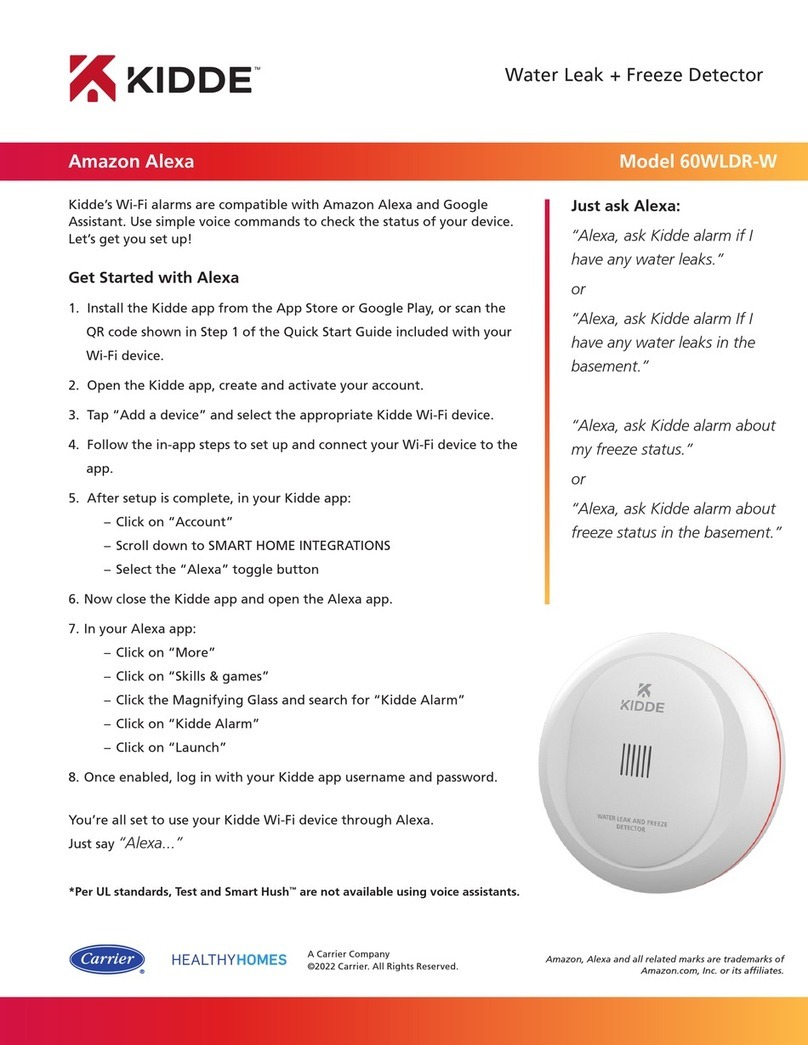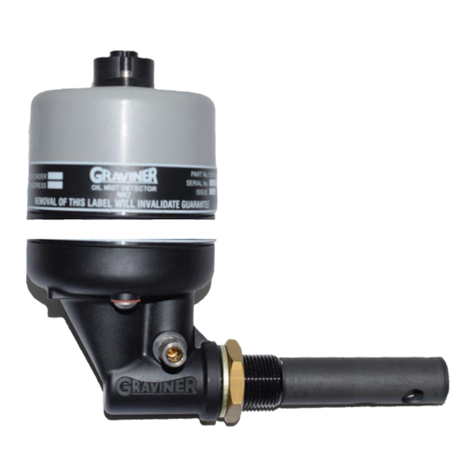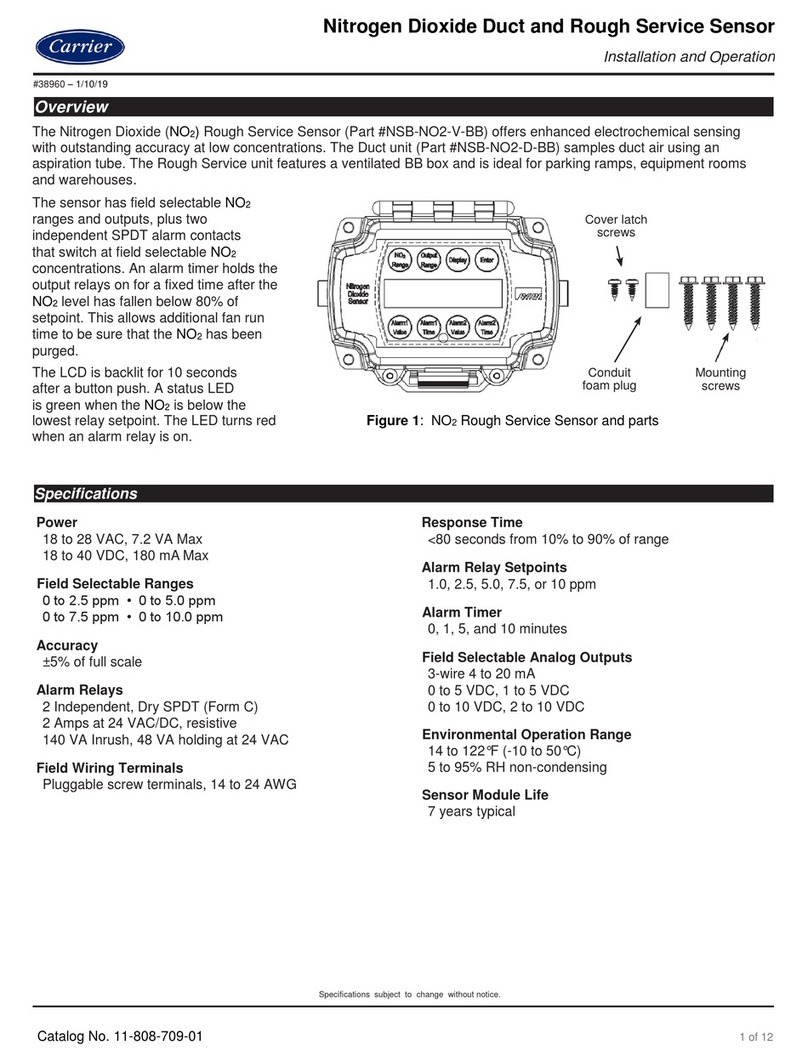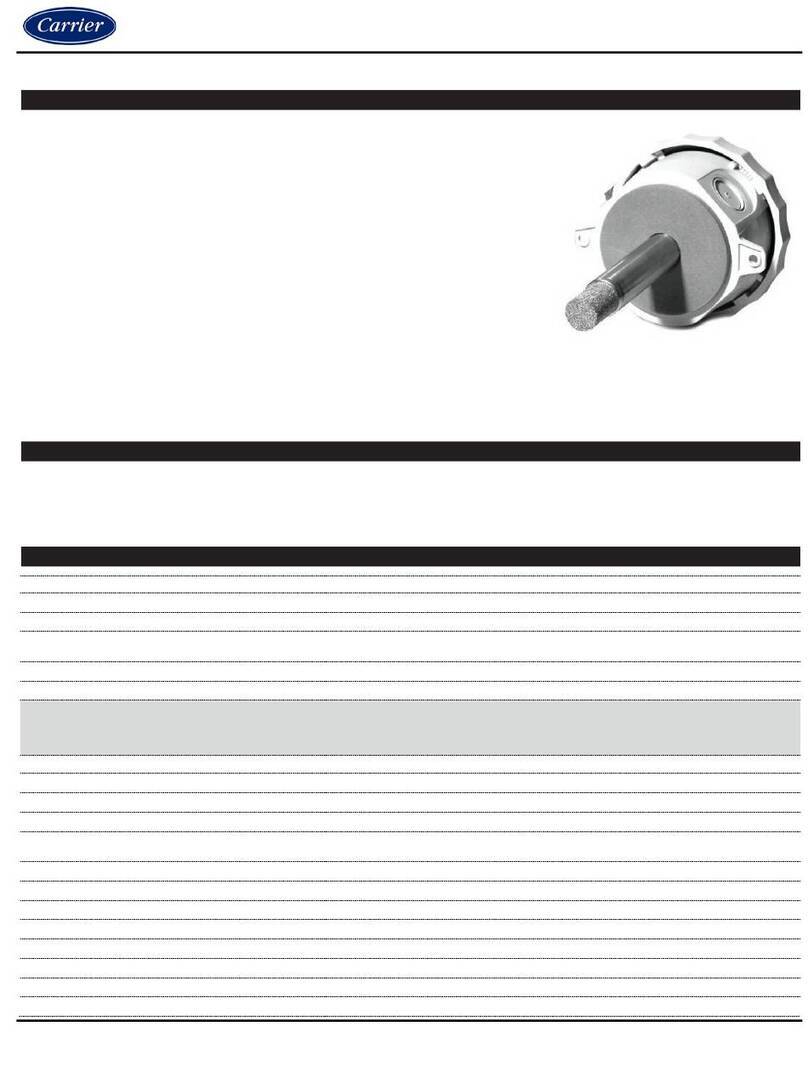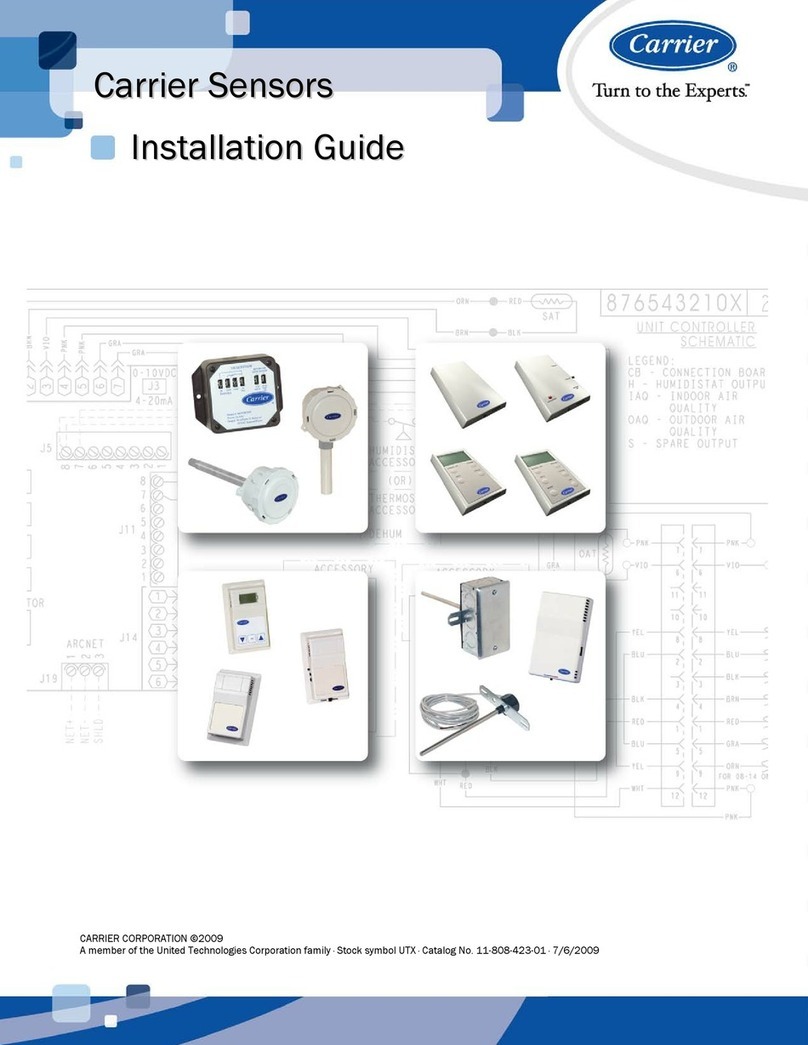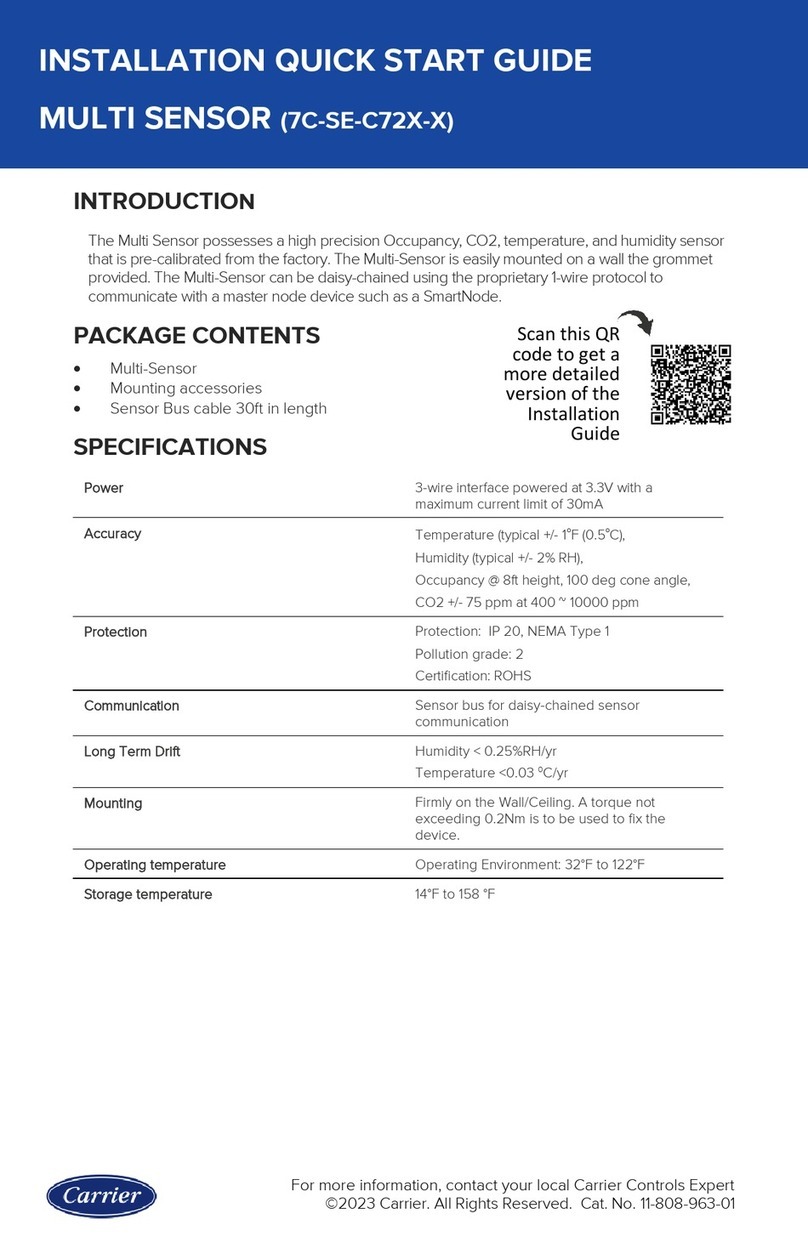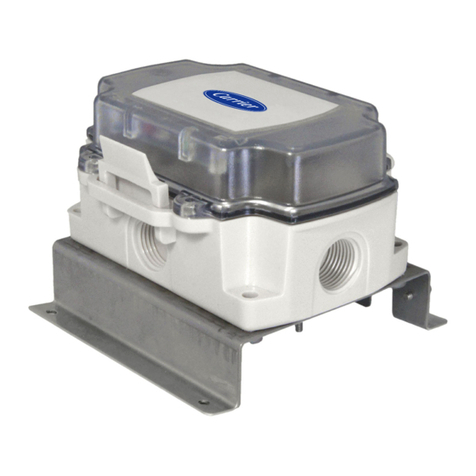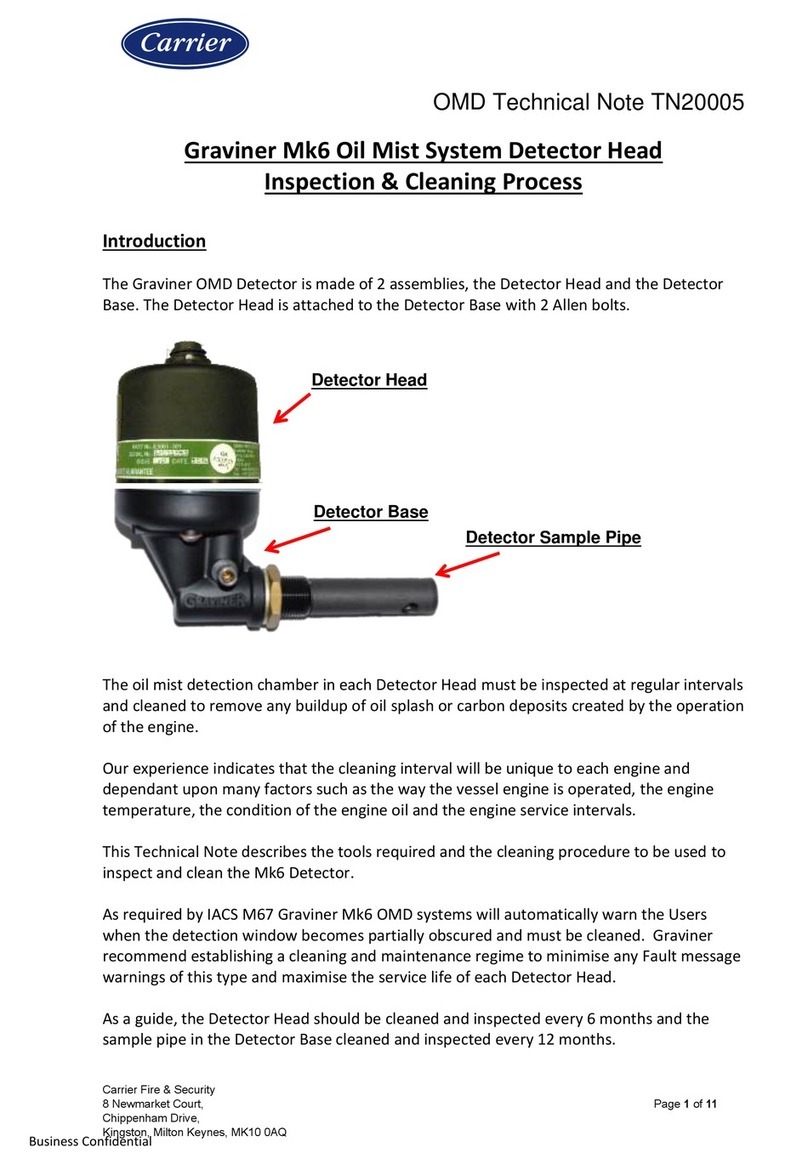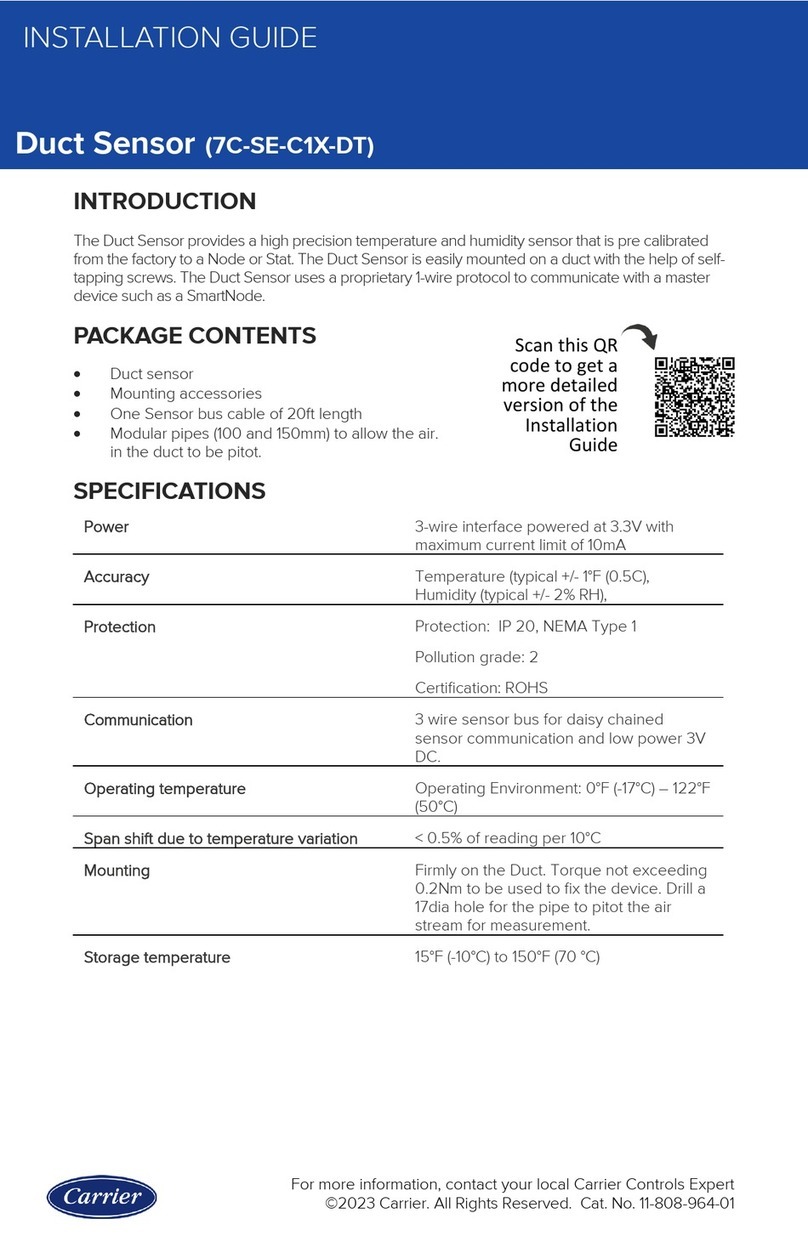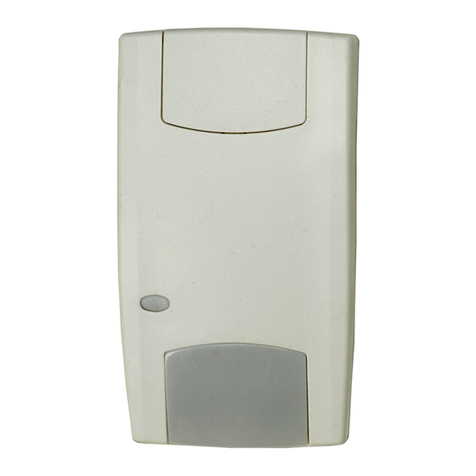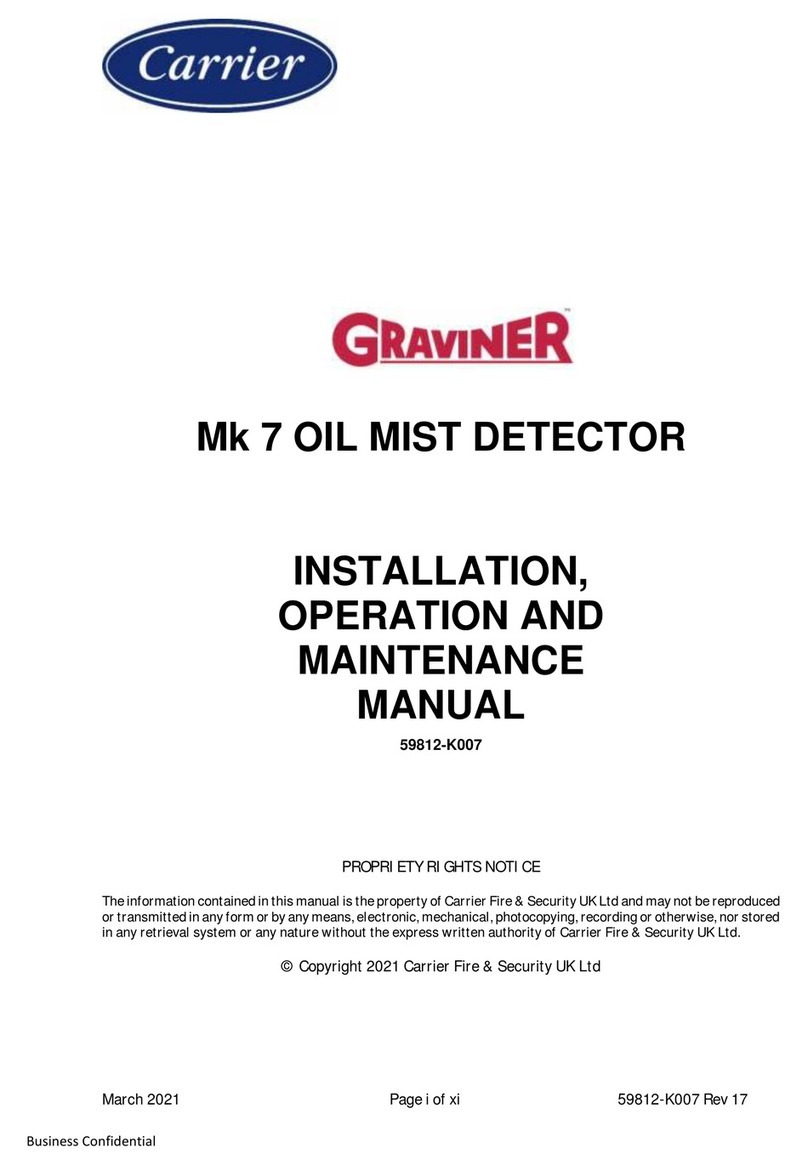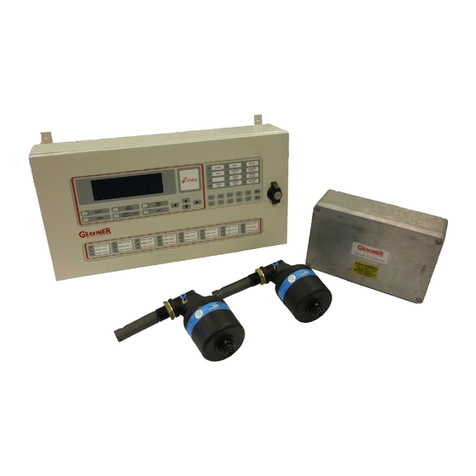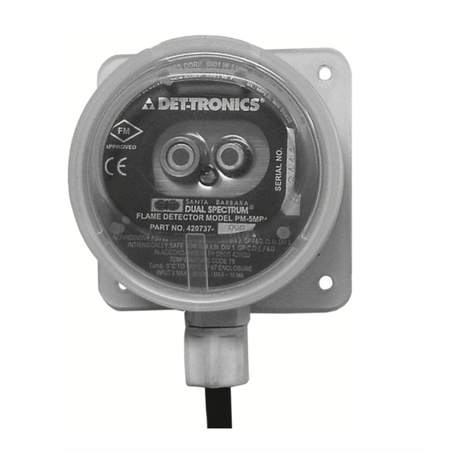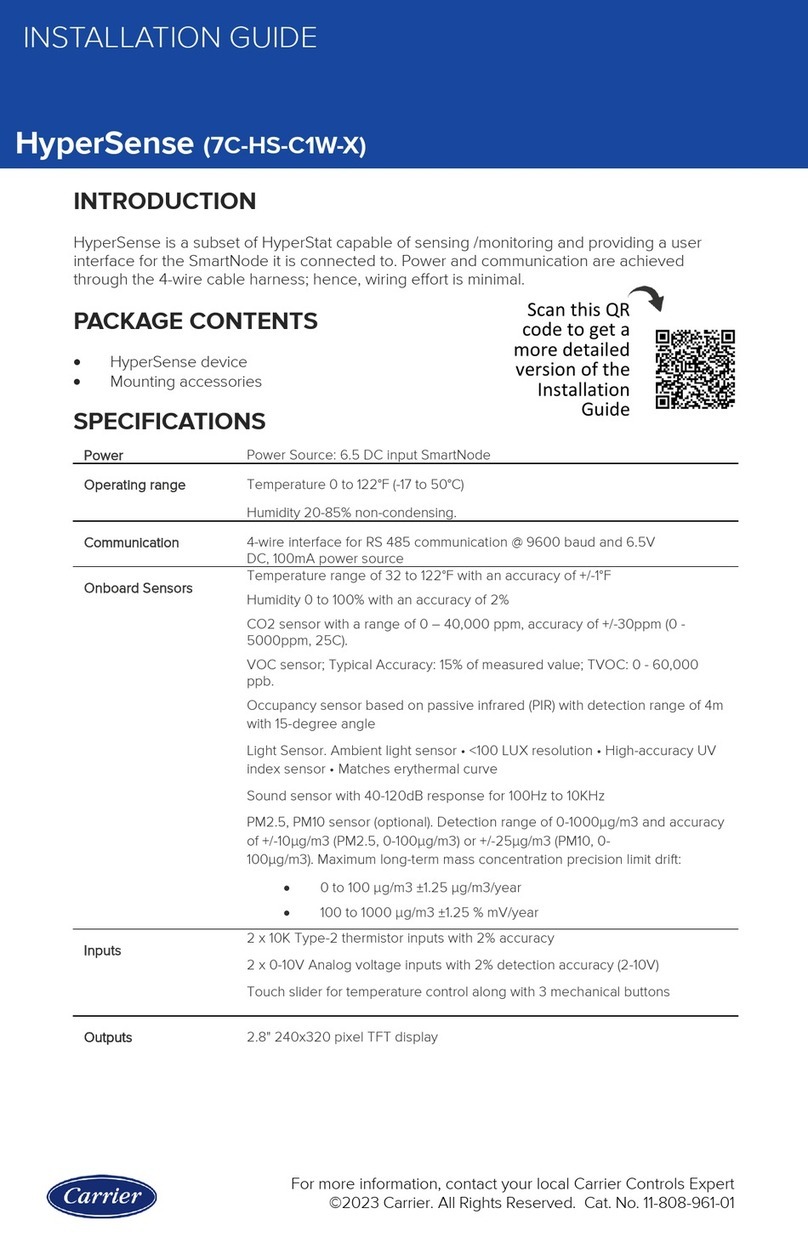Pour nous contacter
firesecurityproducts.com ou www.aritech.com
IT: Istruzioni d’installazione
Linee guida per l’installazione
Non porre ostacoli nell’area di visualizzazione del rilevatore.
Non installare nelle immediate vicinanze (vedere figura 5). Se
si utilizzano più rilevatori, verificare si trovino a una distanza di
12 m se si trovano uno di fronte all’altro, o di 2 m quando sono
usati in parallelo.
Mantenere il fascio lontano da ventilatori, alberi, cespugli e
fonti di calore (vedere figura 1). Se si utilizza la staffa a T,
verificare che l’angolo di rilevamento sia orientato di 2°
all’esterno dell’edificio (figura 4).
Posizionamento del rilevatore e schema del fascio
Vedere figura 2-7.
Per rilevare i movimenti, il rilevatore utilizza microonde e raggi
infrarossi. Scegliere la posizione ottimale in modo che il
rilevatore individui eventuali intrusi che attraversano lo schema
del fascio (figura 2) senza essere condizionato dal traffico in
strada (figura 3).
Montaggio dell’unità
Assicurare il rilevatore a una parete o a una struttura solida.
Durante l’installazione, proteggere i componenti elettronici
dall’acqua, poiché la condensa che si accumula all’interno può
pregiudicare il funzionamento dell’unità o danneggiarla. Di
seguito sono presentate le due opzioni di montaggio dell’unità.
Una terza opzione consiste nell’usare l’accessorio facoltativo
6930AMP-SB (vedere figura 18) con ±45° di panoramica e
+15°, −45° di inclinazione.
Installazione di base, fascio verso l’esterno
Vedere figure 2, 6, 10, 11, 12.
1. Far passare il cavo dagli estrattori posteriori o laterali e
fissare alla parete (B e C figura 10).
Installazione della staffa a T, fascio sulla superficie
Vedere figure 3, 7, 13, 14, 15.
2. Far passare il cavo dagli estrattori posteriori o laterali (B
figura 13) e verso l’esterno tramite il punto di passaggio
del cavo (C figura 13). Fissare alla parete e assicurare la
piastra di chiusura sul lato non utilizzato della staffa a T
(figure 13, 14 e 15).
Gruppo frontale
Vedere figure 8, 9 e 17.
3. Far passare il cavo nel gommino. Fermare la sezione
centrale indicata nella parte inferiore della sezione
posteriore (figura 9) e spingere indietro finché non si trova
in piano sulla parete. Tagliare e collegare il cavo alla
morsettiera (figure 16 e 17).
4. Premere la parte inferiore del coperchio frontale fino a
fermarla nella sezione centrale e ruotarla finché non è in
piano sulla parete (figura 9). Serrare la vite nel foro di
accesso. Infine, premere per applicare la copertura della
vite.
5. Per accedere all’unità dopo l’installazione, per prima cosa
rimuovere la copertura della vite (vedere figura 8). Svitare
la vite nel foro di accesso. Procedere a ritroso seguendo i
passaggi della figura 9 o usare il fermo per fare leva e
rimuovere dalla parete (vedere figura 8).
Impostazioni
Vedere figura 17.
Test di copertura
Impostare il segnalatore LED su Attivo, impostazione
predefinita (figura 17). All’accensione il LED lampeggerà
alternando rosso e verde per 2 minuti. Quindi il rilevatore
segnalerà una condizione di allarme con un LED rosso.
